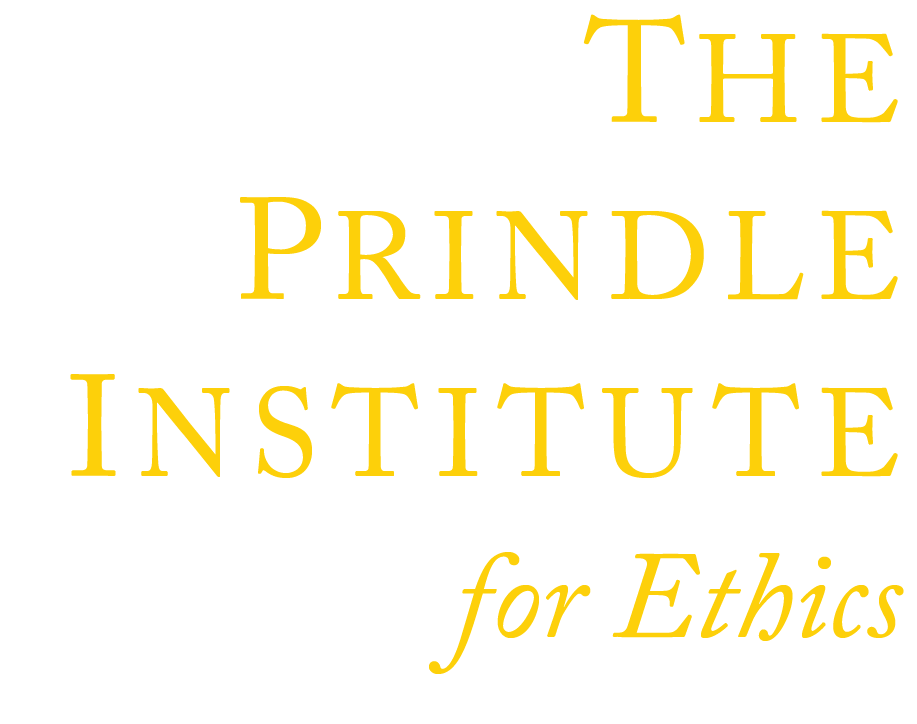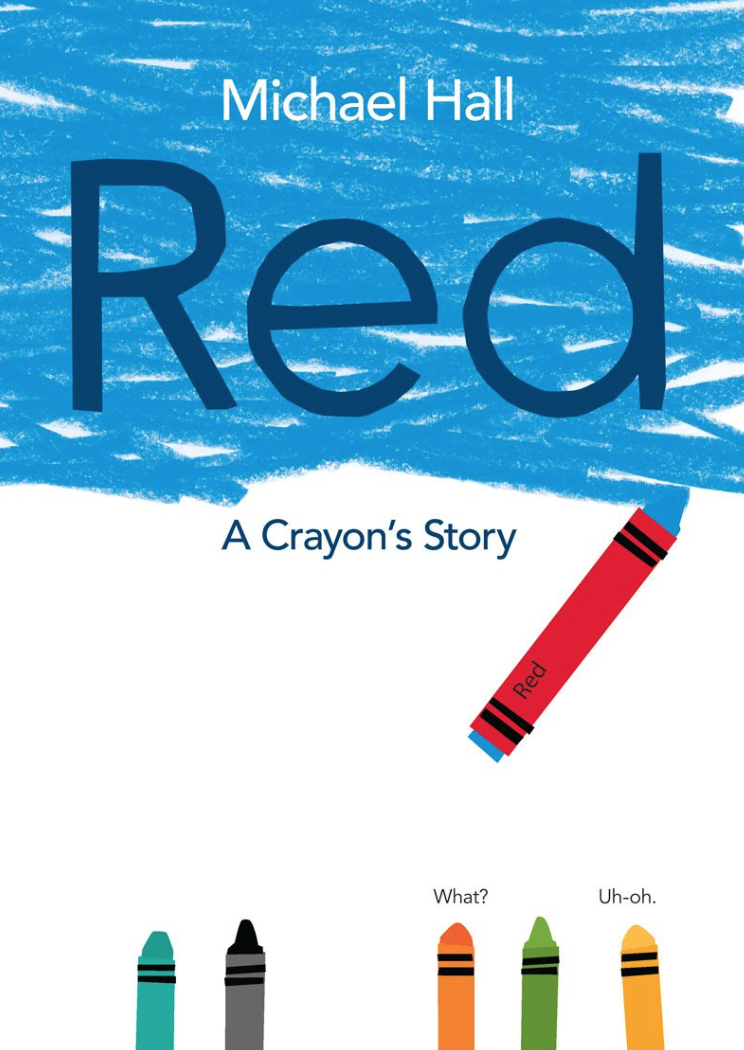Red: A Crayon’s Story
Book Module Navigation
Summary
Red: A Crayon’s Story questions whether adhering to societal expectations determines one’s value and raises further questions about identity.
Red is a blue crayon with a red label. Everyone calls him Red because that’s what his label says. Everyone expects him to draw in red, but as much as Red tries, he can’t. Some crayons say he just needs practice. Others think he is just not that smart. Then one day, a friend asks him to draw her an ocean for her boat, and he’s great at it! After this, he realizes his label was wrong. He’s not Red, he’s Blue! Once his peers recognize he is a blue crayon, they praise his drawing abilities and call him brilliant.
Read aloud video by Dionne Willis
Guidelines for Philosophical Discussion
Identity
Red raises questions related to self-discovery. How do you know who you are? How do you know what you are good at? How do you know what your talents are? These questions are also raised in the book when Blue tries over and over to be able to draw in red by practicing drawing red things. His fellow crayon family and friends make recommendations: they adjust his label, they give him a scarf, they try to fix him with tape. But despite all their efforts, Red cannot draw red things.
The book raises the questions about who they are and about how much individuals can change about themselves. There are some things we can change about ourselves and there are some things we cannot change about ourselves. The conflict between the two involves self-discovery.
How do you know if you are a blue crayon wrapped in a red label? This could be an opportunity to discuss being different than the way you appear, and the relationship between what you do and who you are. If age-appropriate, this set of questions can lead to a discussion about sexuality.
The book raises questions about personal growth. Students can discuss how they learn and develop new skills, such as writing in cursive or playing soccer. And then, how they find out what they’re really good at. For example, most everyone can get good at relative pitch but only a few are born with perfect pitch. Students can also discuss how they become good people, whether it is easy or requires practice, and why.
Questions for Philosophical Discussion
Identity
Red thought he was a red crayon, but he couldn’t draw red things.
- Why did Red and the other crayons think he was a red crayon?
- What went wrong when Red tried to draw red things like strawberries?
- Berry encourages Red to draw a blue ocean. Why did Red refuse to draw a blue ocean at first?
- How did Red discover that he was a blue crayon?
- Why was Red happy to continue drawing blue things afterward?
- What makes Red a blue crayon? What are you? What makes you you?
- What if you tried to live underwater like a fish? Why can’t you do that?
- There are some things you can change about yourself and something you can’t. What can you change? What can’t you change?
- How are you different from a fish or a crayon?
Red was very good at drawing blue things.
- What made Red very good at drawing blue things?
- Have you ever tried to do something that you just couldn’t do, no matter how hard you tried? What was it?
- What makes a crayon a bad crayon? What makes a crayon a good crayon?
- What makes a person a bad person? What makes a person a good person?
- Is it easy to be a good person or does it take practice and work? Why?
- Can you be good or bad at being yourself?
Berry encourages Red to draw a blue ocean for her boat. But Red is reluctant.
- Are you ever scared to try something new?
- Have you ever tried to avoid doing something that you didn’t know much about? Why?
- Have you ever tried something new and it turned out you were good at it or really enjoyed it?
- Have you ever tried something new and it turned out it wasn’t as easy as you thought? What was it?
- Have you ever tried to do the right thing and it turned out to be harder than you thought?
Original questions and guidelines for philosophical discussion archived here. Revised June 2020 by Jessica Mejía and Emily Knuth.
Find tips for leading a philosophical discussion on our Resources page.






